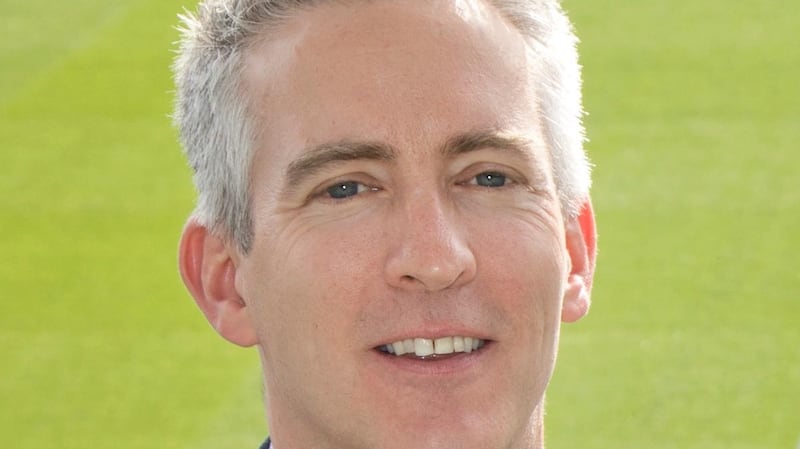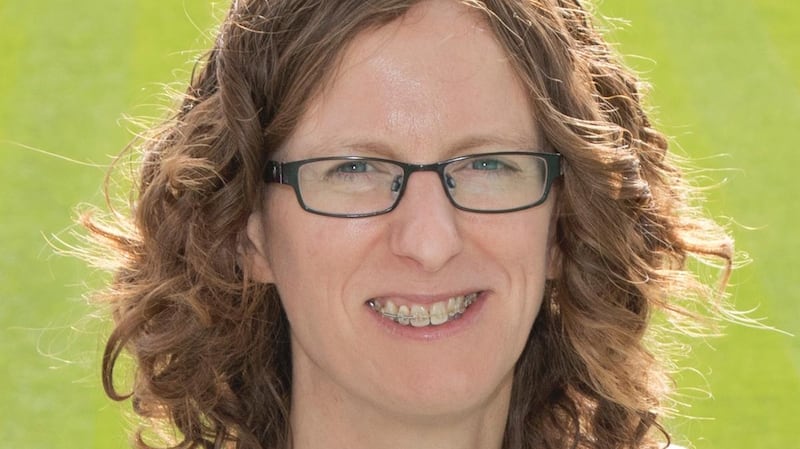One in four people worldwide die from conditions caused by blood clots. Most people are familiar with blood clots in the arteries (arterial thrombosis) which cause heart disease or strokes, but clots which form in the lungs (pulmonary embolism) or the veins (deep vein thrombosis) are less well known and it is these two types of blood clots that medical specialists are keen to raise awareness of on World Thrombosis Day on October 13th.
The biggest concern is that blood clots in the veins can break free and travel around the body to block the blood supply to the lungs which can be fatal. This condition – venous thromboembolism – is the third leading cause of cardiovascular death, after heart attacks and strokes.
“We need much more awareness of venous thromboembolisms [VTEs], so we can have earlier detection and prevention of these blood clots,” says Dr Tomás Breslin, consultant in emergency medicine at the Mater Hospital in Dublin.
One of the reasons why VTEs aren't as high profile as some less life-threatening conditions is because in Ireland, there isn't a single specialism that deals with them. Whereas in many European countries, vascular physicians care for patients with blood clots.

Dr Fionnuala Ní Áinle, consultant haematologist at the Mater Hospital in Dublin, says that VTEs are a leading cause of preventable hospital deaths. “We need to have mandatory assessment for VTEs of all patients in acute hospitals or maternity hospitals,” says Dr Ní Áinle. Such mandatory assessments have been shown to reduce mortality from these types of blood clots in the UK.
A clinical group within the HSE is currently looking into whether mandatory assessments for VTEs for hospital patients should be introduced into Ireland.
Hospital patients are at higher risk of developing blood clots because they spend long periods of time immobile and/or they have had surgery. Pregnant women and new mothers are also at higher risk of developing blood clots as are cancer patients.
“We need to raise awareness of the risk of blood clots so that every mother is risk assessed during pregnancy and after her baby is born,” says Dr Ní Áinle. The combined oral contraceptive pill and hormone replacement therapy also increase a woman’s risk of blood clots. Anti-coagulant medication is the main treatment approach once VTEs are diagnosed.

Among the public, long-haul flights are probably the form of travel most associated with the risk of developing deep vein thrombosis. But, Dr Breslin is keen to point out that any long periods of time spent sitting with your knees bent increases your risk of deep vein thrombosis.
“People need to get up and walk around when they are on a flight longer than six hours. They need to keep hydrated, not drink alcohol and not take sedatives on a long-haul flight. But all the general lifestyle advice – don’t smoke, stay active and don’t be overweight – also apply to reduce your risk of developing blood clots,” he says.
The symptoms of VTEs are either a pain in your leg or pain in the chest when you breathe in and/or shortness of breath.
“Deep vein thrombosis and pulmonary embolism needs to be recognised, diagnosed and treated as a emergency,” says Dr Ní Áinle.
Both Dr Ní Áinle and Dr Breslin say there needs to be a national clinical programme for VTEs in the same way that a national clinical programme was developed for sepsis (blood poisoning). “Both conditions kill people if not recognised early and they aren’t always easy to recognise,” says Dr Breslin.
My blood clot was pregnancy related and I’m not having any more babies
Paula Finnegan speaks about a blood clot she got in her leg, following the birth of her youngest child, Tom.
I always considered myself to be healthy and my four pregnancies and deliveries were problem free but 10 days after my son, Tom, was born, I got a woeful pain in my left leg. I went to my GP the next morning and by then, I could see that my left leg was a different colour to my right leg.
She sent me straight to the Mater Hospital. It was the Friday of May Bank Holiday weekend in 2015 and I was seen in the emergency department within half an hour of arrival.
A mobile ultrasound scanner identified a clot at the top of my pelvis. I was given an injection of an anti-coagulant drug which I then had to administer myself every day until the following Tuesday when I had to come back into hospital. I felt that the pain worsened over the weekend.
Back in hospital, I was given an MRI scan, which showed a large fresh clot which stemmed from another older clot. I had surgery to remove the clot which took three hours. As I was breastfeeding my baby, I had a local anaesthetic and I didn’t realise the gravity of the situation until after the surgery. I was diagnosed with May Thurner Syndrome [a condition caused when the left iliac vein is compressed by the right iliac artery, resulting in deep vein thrombosis].
I was sent home to recover and asked to return three weeks later to have a stent put into my vein. After the first surgery I could barely walk. The recovery from the second surgery was a bit easier but I was on daily anti-coagulant drugs for nine months afterwards.
I went back to my job as a secondary school teacher in May 2016 and got a job share from September 2016 which I still have.
I’m physically well now and back to all my usual activities. But mentally, I still have some fear although I know my blood clot was pregnancy related and I’m not having any more babies. I’m grateful that I have my four children and grateful that I’m physically doing everything I was doing before I had the clot.
















